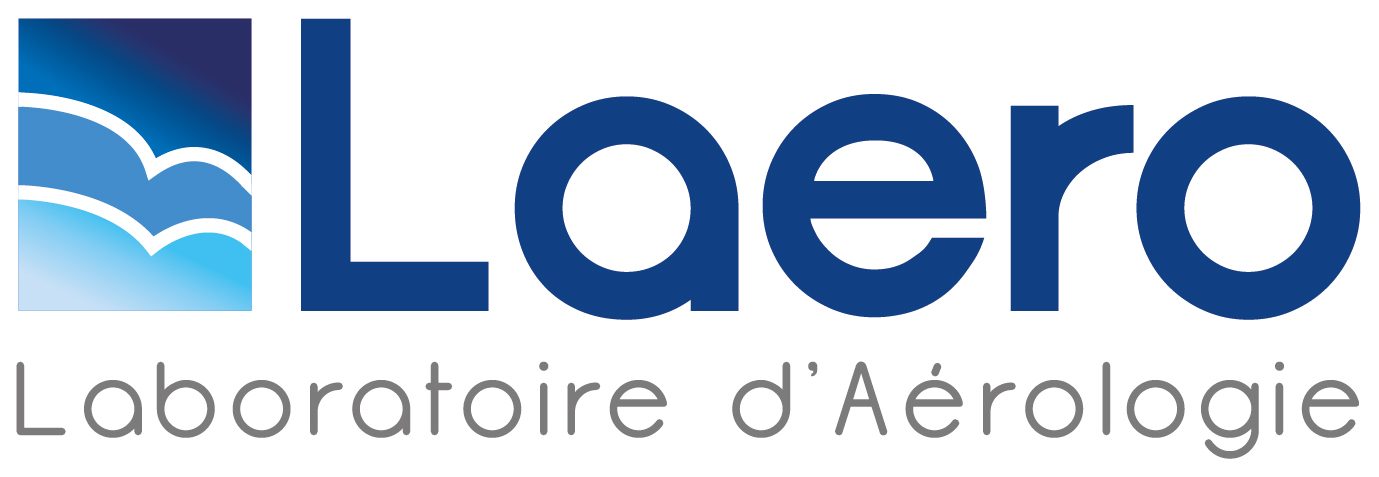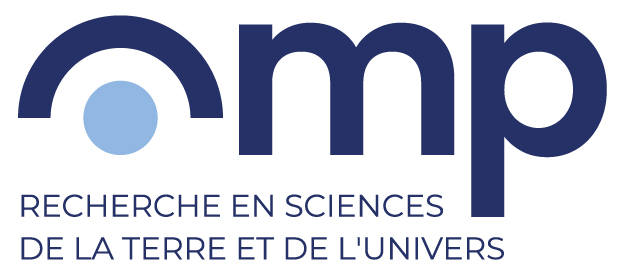Topographically induced mixing : remote versus local
The interaction of balanced abyssal ocean flow with submarine topography is expected to generate both lee waves that can carry energy into the ocean interior and local turbulent mixing near the boundary. The relative amounts of remote and local energy dissipation governs the distribution of mixing within the water column, carrying implications for the evolution of the abyssal stratification and overturning circulation. We report results from laboratory experiments with a topographic ridge towed through a stratified fluid. The experiments span three parameter regimes including linear lee waves, nonlinear flow and an evanescent regime in which wave radiation is weak. Full field density measurements provide the depth-dependence of energy loss to turbulent mixing, allowing separation of the local mixing in the turbulent wake and remote mixing by wave radiation. Remote mixing is significant only for a narrow band of forcing parameters where the flow speed is resonant with internal waves; in all other parameter regimes local mixing close to the topography is dominant. The results suggest that mixing by local nonlinear mechanisms close to abyssal ocean topography may be much greater than the remote mixing by lee waves.






